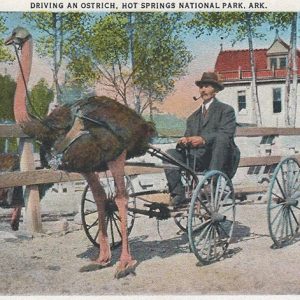 Ostrich Farm Postcard
Ostrich Farm Postcard
Time Period: Early Twentieth Century (1901 - 1940)
 Ostrich Farm Postcard
Ostrich Farm Postcard
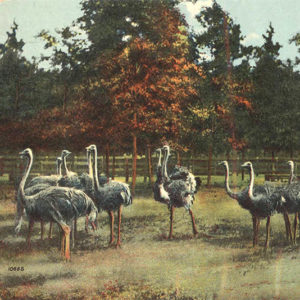 Ostrich Flock
Ostrich Flock
 Ostrich Hatchlings
Ostrich Hatchlings
Otis Theodore and Effiegene Locke Wingo House
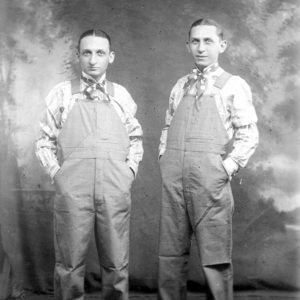 Ottenheimer Brothers
Ottenheimer Brothers
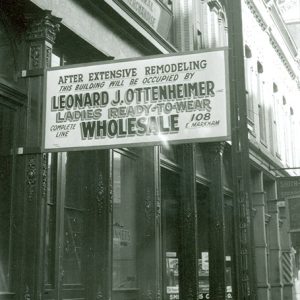 Ottenheimer Store
Ottenheimer Store
 Daniel Ottenheimer
Daniel Ottenheimer
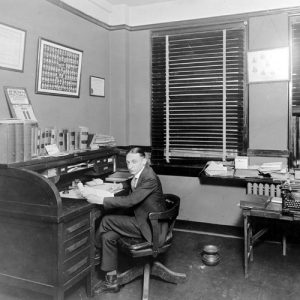 Gus Ottenheimer
Gus Ottenheimer
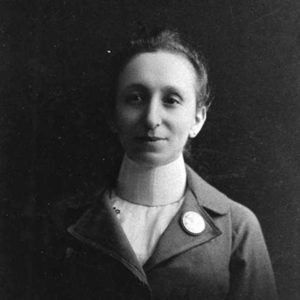 Hannah Berger Ottenheimer
Hannah Berger Ottenheimer
Ottenheimer, Gus
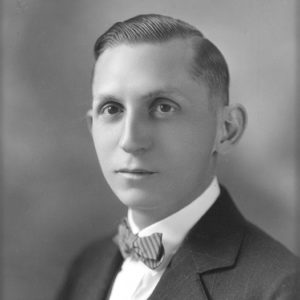 Leonard Ottenheimer
Leonard Ottenheimer
Ouachita Avenue Historic District
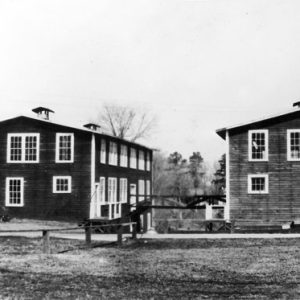 Ouachita Baptist University
Ouachita Baptist University
 Ouachita Baptist College
Ouachita Baptist College
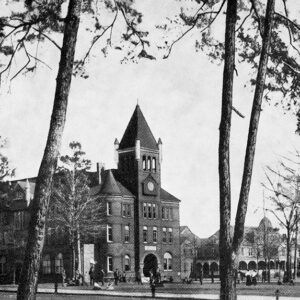 Ouachita College
Ouachita College
 Ouachita College Mascot
Ouachita College Mascot
Ouachita County Courthouse
 Ouachita River
Ouachita River
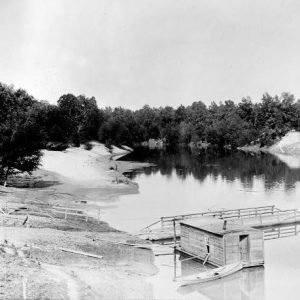 Ouachita River Ferry
Ouachita River Ferry
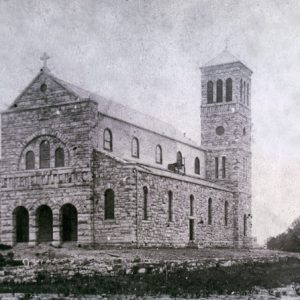 Our Lady of Perpetual Help
Our Lady of Perpetual Help
Overstreet Hall
 Overstreet Hall
Overstreet Hall
 Owen Lynching Article
Owen Lynching Article
Owen, Hurley (Lynching of)
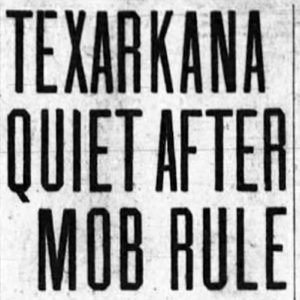 Owen Lynching Article
Owen Lynching Article
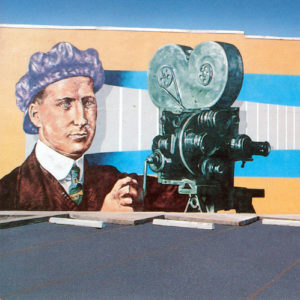 Freeman Owens-Broncho Billy Mural
Freeman Owens-Broncho Billy Mural
 Freeman Owens
Freeman Owens
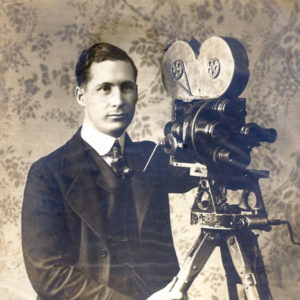 Freeman Owens
Freeman Owens
 Freeman Owens
Freeman Owens
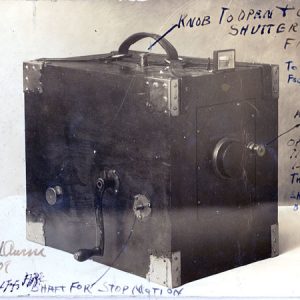 Freeman Owens Camera
Freeman Owens Camera
Owens, Freeman Harrison
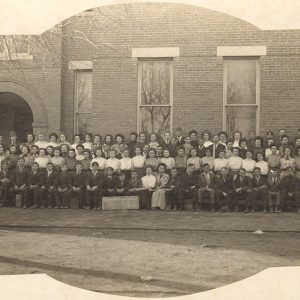 Owensville High School
Owensville High School
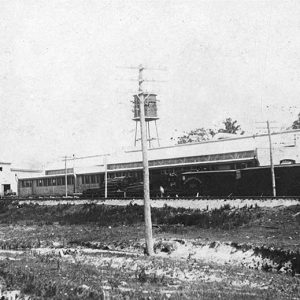 Owosso Manufacturing Co.
Owosso Manufacturing Co.
 Owosso Manufacturing Co.
Owosso Manufacturing Co.
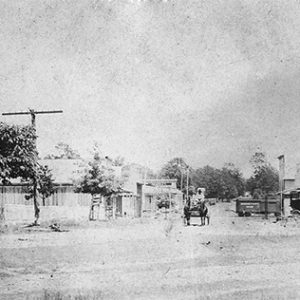 Ozan
Ozan
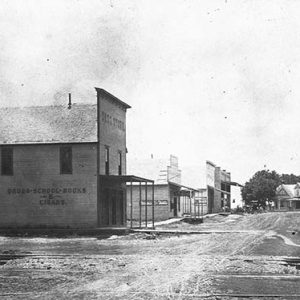 Ozan
Ozan
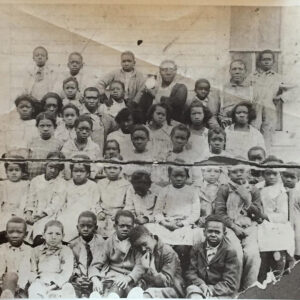 Ozan Students
Ozan Students
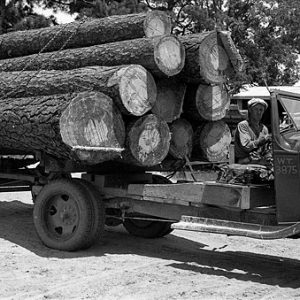 Ozark Badger Lumber Co. Truck
Ozark Badger Lumber Co. Truck
 Ozark Church
Ozark Church
Ozark Industrial College and School of Theology
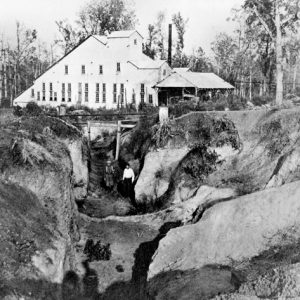 Ozark Mine Plant
Ozark Mine Plant
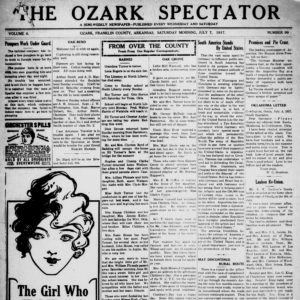 Ozark Spectator
Ozark Spectator
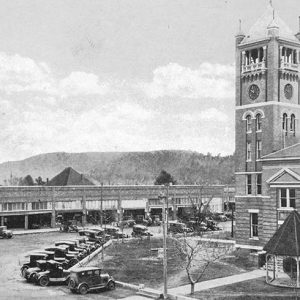 Ozark Street Scene
Ozark Street Scene
 Ozark Street Scene
Ozark Street Scene
 Ozark Street Scene
Ozark Street Scene
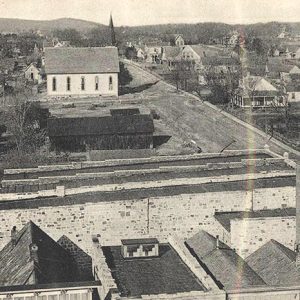 Ozark View
Ozark View
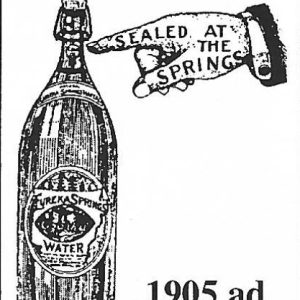 Ozarka Ad
Ozarka Ad
 Ozarka Girl Ad
Ozarka Girl Ad
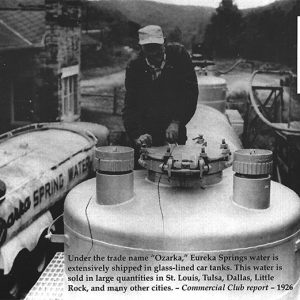 Ozarka Glass Tank
Ozarka Glass Tank
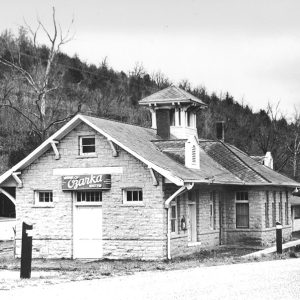 Ozarka Spring Water Company
Ozarka Spring Water Company




